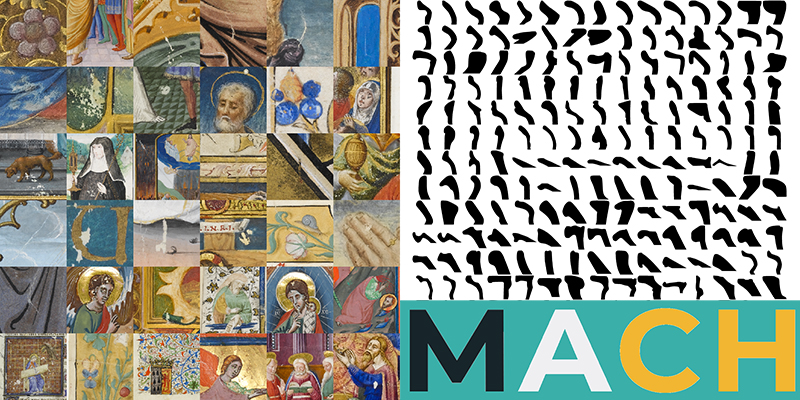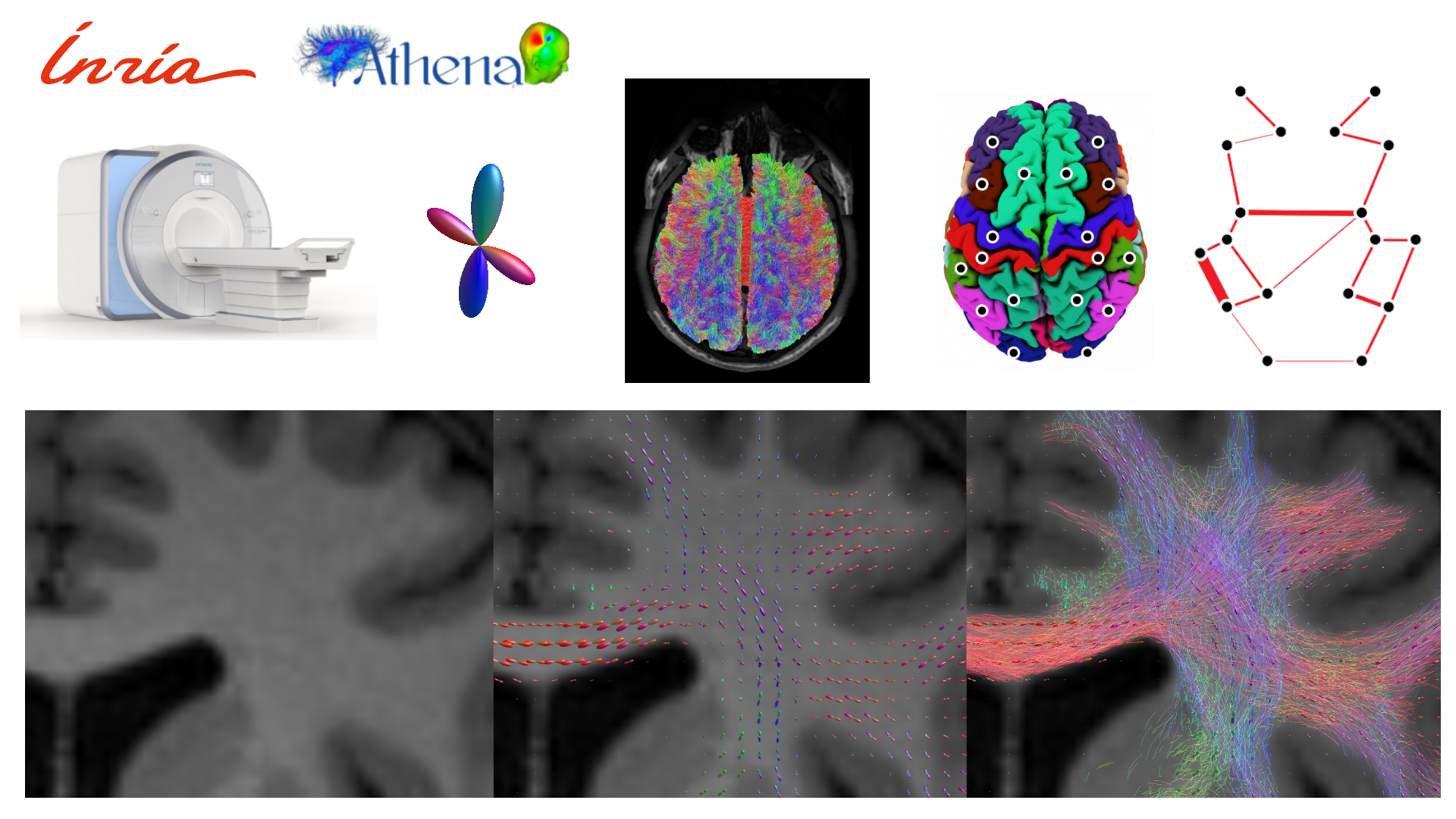Inverse Problems in Cultural Heritage and Medical Imaging
VTM6 by Simone Parisotto and Matteo Frigo
Speakers: Simone Parisotto and Matteo Frigo
Date: April 14, 2021 at 9:00 PM CEST on Zoom. Click for more info.
Recording: Link
Cultural Heritage
In this talk we describe two challenges tackled by the “Mathematics for Applications in Cultural Heritage” (MACH) research group in Cambridge, UK. The stated aim of the group is to support art and humanities scholars in their research, with innovative solutions of interest for STEM disciplines. In the first part, we will show a carousel of mathematical imaging approaches for the virtual restoration of damages in medieval illuminated manuscripts. We will explore the suitability of local, nonlocal and deep-learning inpainting methods in real-world scenario, in collaboration with the Fitzwilliam Museum (University of Cambridge, UK). In the second part, we will detail about an unsupervised workflow for clustering Roman commonware potsherds, which are frequently found at different excavation sites. By bringing an alternative order to the existing archaeological corpora, archaeologists will gain new knowledge on the shape production in the Central Tyrrenean area during the Roman Age. This work is done in collaboration with the Faculty of Classics (University of Cambridge, UK).

Medical Imaging
The human brain is a complex multiscale biomechanism where microscopic interactions have macroscopic effects (and vice-versa) and it is composed of ~80 billion neuronal cells connected by ~160 km of fibers called axons. Studying its structure and functioning is both a core challenge of contemporary science and our current research objective in the ATHENA team at Inria Sophia Antipolis - Méditerranée, France. The only tool that allows to investigate the structure of the brain non-invasively is diffusion Magnetic Resonance Imaging (dMRI). In this talk we will first introduce the basic concepts of dMRI signal representation and modelling by looking at the inverse problems related to its reconstruction. We will then integrate this local information to gain insights into the global organization of the interactions between different regions of the cerebral cortex, which are encoded as edges in a graph. Finally, we will see how by looking at the topological properties of these graphs we can distinguish patients affected by traumatic brain injury and healthy controls. Part of this work was done in collaboration with Ragini Verma (University of Pennsylvania) and Junghoon John Kim (City University of New York).

Simone is a Research Associate at the DAMTP & Fitzwilliam Museum, University of Cambridge, UK. He graduated in Mathematics from the University of Verona in 2014 and later obtained a PhD in Mathematics in 2019 from the University of Cambridge, UK in 2019.
Matteo is a Postdoc Researcher in the ATHENA Project-Team at Inria Sophia Antipolis - Méditerranée, France. He obtained a master degree in Mathematics from the University of Verona in 2017 and a PhD in Signal Processing in 2021 from the Université Côte d’Azur, Nice, France.